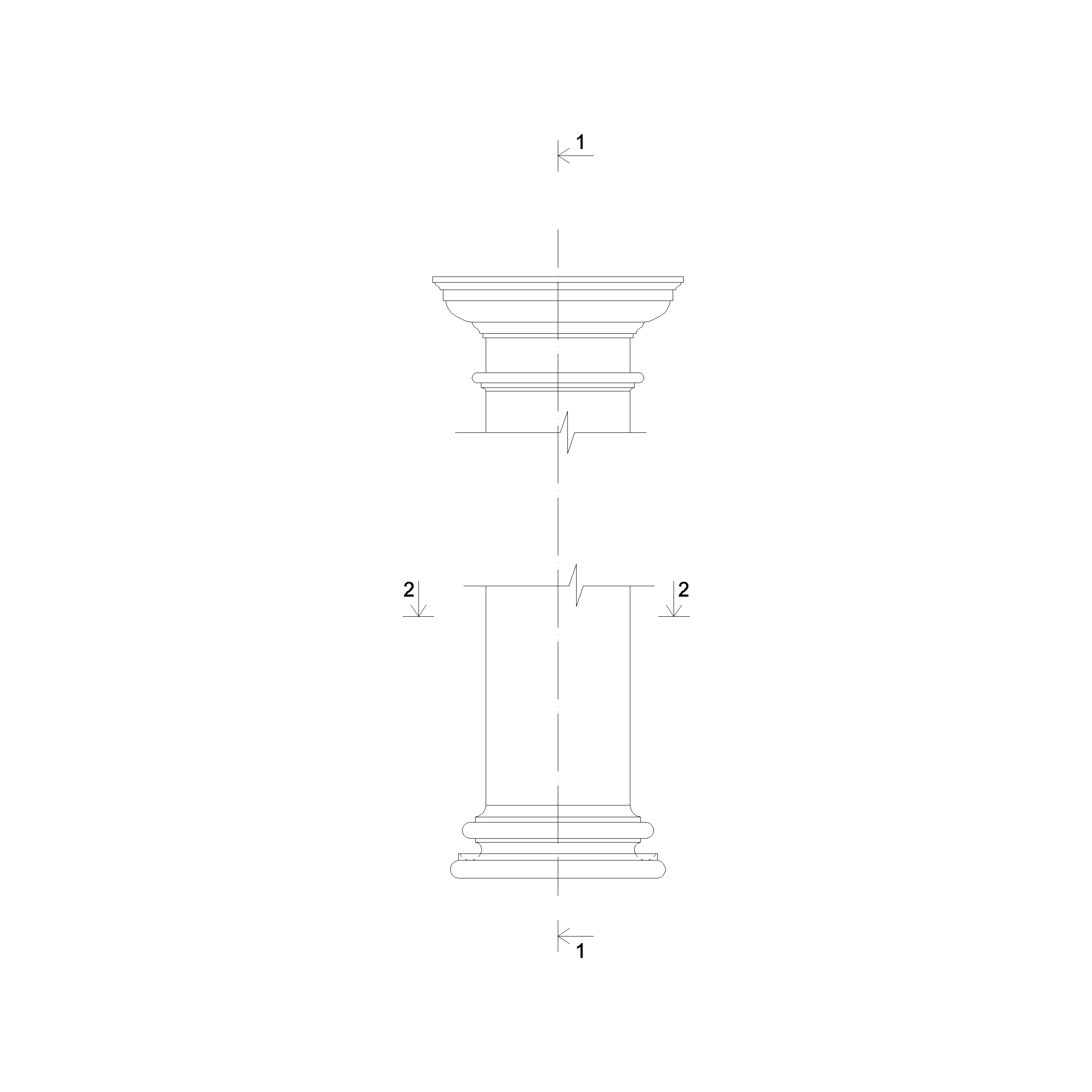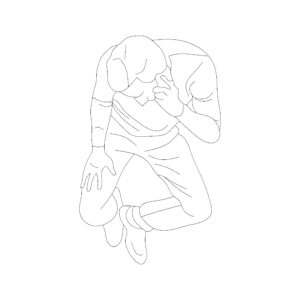Description
Architectural orders are a system of proportions and decorative elements that were used in ancient Greek and Roman architecture to create harmonious and aesthetically pleasing buildings. They consist of a set of standardized components, such as columns, capitals, and bases, that are combined in specific ways to create different orders. Each order has its own distinct proportions, details, and decorative features. Here are the five main orders:
Doric order: This is the simplest and oldest of the orders, characterized by its sturdy, masculine appearance. It has a plain, unadorned capital and a fluted shaft with 20 vertical grooves.
Ionic order: This order has a more delicate and feminine appearance, with a volute (scroll-shaped) capital and a shaft with 24 vertical grooves.
Corinthian order: This order is the most elaborate and ornate, with a capital decorated with acanthus leaves and a slender, fluted shaft with 24 vertical grooves.
Tuscan order: This is a simplified version of the Doric order, characterized by its plain, unadorned capital and a shaft with 10 vertical grooves.
Composite order: This order is a combination of the Ionic and Corinthian orders, with a capital that combines the volutes of the Ionic order with the acanthus leaves of the Corinthian order, and a fluted shaft with 24 vertical grooves.
CAD blocks for architectural orders can be useful for designers and architects who want to incorporate these elements into their plans. They can be easily inserted into a CAD drawing, allowing the designer to visualize the space and how the orders might look in it. Creating CAD blocks for architectural orders can save time and effort, as the designer can simply insert the block into the drawing rather than creating the object from scratch.






Reviews
There are no reviews yet.